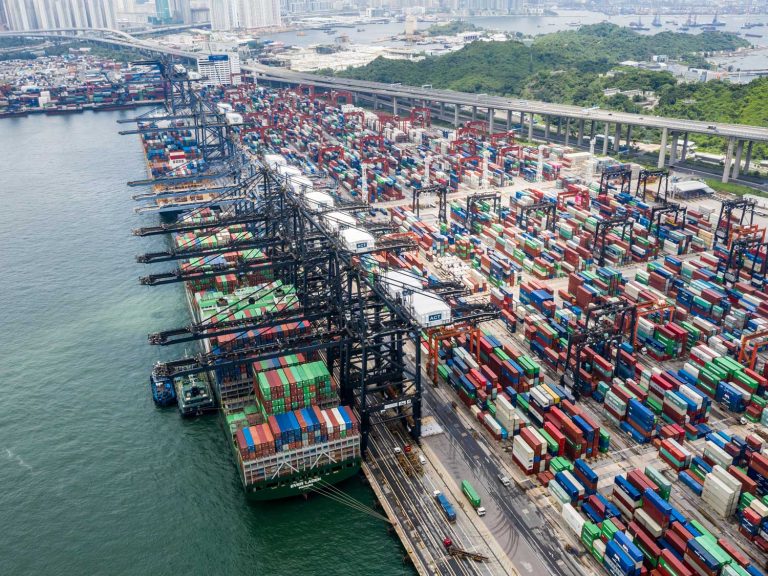
Date:
Port congestion cannot be ignored
Significant and sustained terminal congestion in major Mediterranean and Asian ports is soaking up available capacity, which directly impacts freight rates and results in substantial delays to vessel schedules, with reliability dropping and the likelihood that delays will persist through the summer.
Port congestion has been building for months, adding more complexity to an already over-stretched container shipping market that is struggling to cope with shortages of vessel space and container equipment at key origins, as a consequence of the Red Sea diversions. Today, approximately 8% of global capacity (or 2.3m TEU) is now absorbed due to port congestion. This is expected to rise further in the coming weeks.
Ship bunching and congestion has spread to ports in Asia including Singapore, Shanghai, Qingdao and Shenzhen, with vessels waiting up to five days for a berthing slot in some ports.
Singapore, one of the world’s largest ports, has seen container volumes rise nearly 10% so far this year, and berthing delays are now extending beyond five days, with over 350,000 TEU currently waiting to berth. Singapore’s Maritime and Port Authority (MPA) said the congestion is the culmination of months of disruption triggered by the vessel diversions avoiding the Red Sea leading to bunching of vessels arriving into the port.
In the first week of the June, only six out of eleven Asia-Europe sailings departed on schedule, due to delays on the Eastbound voyage caused by the port congestion at the key hub ports of Singapore and Tanjung Pelepas.
Looking ahead
With ocean freight demand expected to continue into the summer, the danger is that average vessel waiting times will continue to lengthen, due to increased cargo flows and lowered terminal productivity, which in turn impedes facility operations. And when terminal capacity is limited, operators restrict the amount of cargo accepted, to avoid severe congestion, which simply serves to exacerbate the situation.
As primary hubs fill, transshipment networks require more ships to feed into peripheral ports, which means carriers may remove ships from other trades, which could create a new capacity squeeze and add further fuel to the fire pushing spot rates even higher.
Port congestion creates a de-facto reduction of available vessel capacity, which leads to an increase in blank sailings, because there is a schedule gap when vessels are unavailable, which again squeezes capacity.
We continue to monitor the evolving situation, while working closely with our local network and carrier partners to mitigate any impact on our customers.
We will keep you updated and provide alternative solutions where appropriate or necessary.
If you have any questions, concerns, or would like any further information regarding the situation outlined here, please EMAIL our Chief Commercial Officer, Andy Smith.
